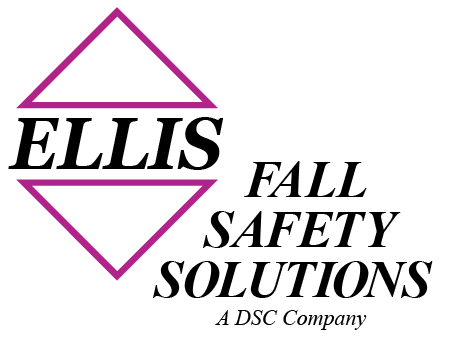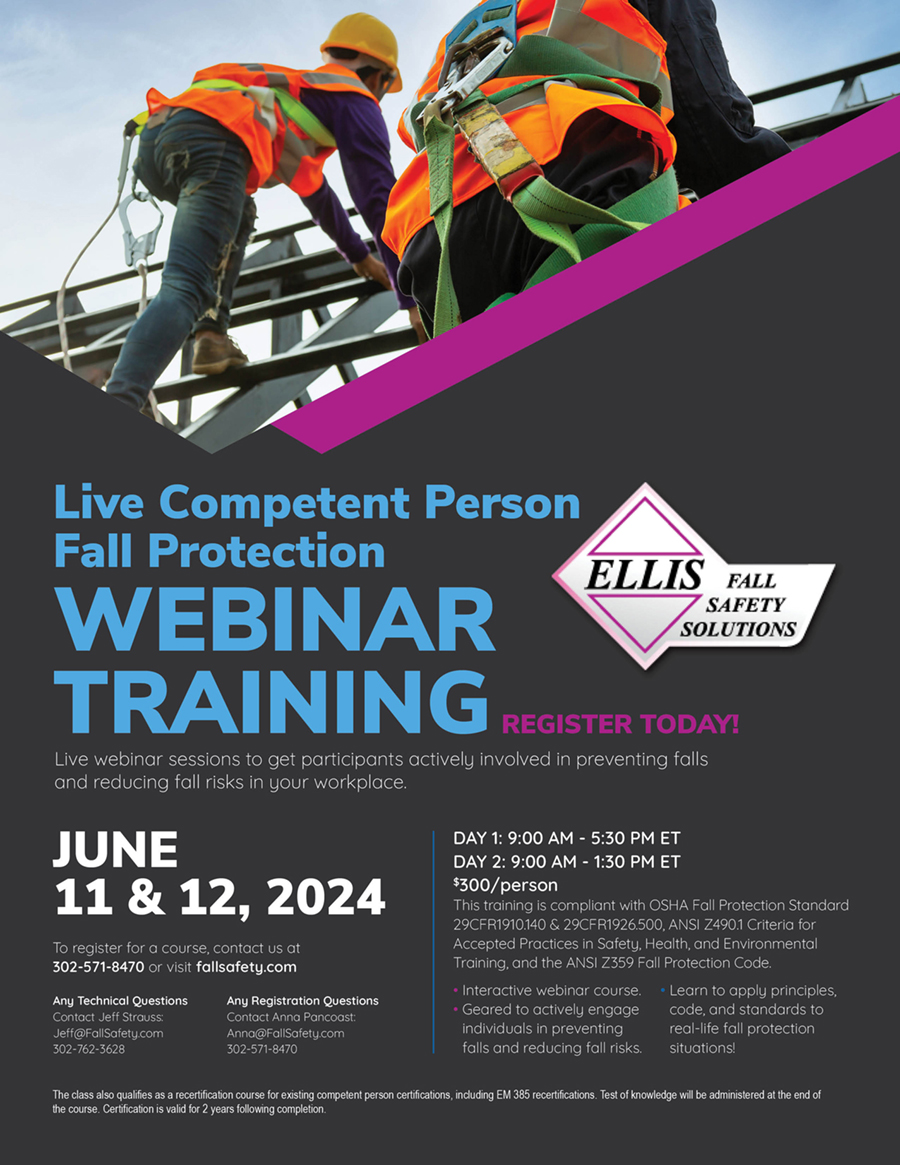Because of difficulties in training residential roof workers, elimination of hazards seems to be the most feasible goal. A large enough crane capacity and boom length, plus pre-assembly at ground level, can go a long way toward the elmination of fall hazards.
Residential roof installations should be viewed as opportunities for creative fall protection, particularly using the upper wall studs and cross members as a railing rather than a working surface. This can be accomplished through the use of temporary plywood floors and stepladders.
See “Introduction to Fall Protection, 4th Edition” page 339.
Order your copy of “Introduction to Fall Protection, 4th Edition” today. This invaluable resource will take you from the structure design stage to post construction maintenance. Click to find out more!

